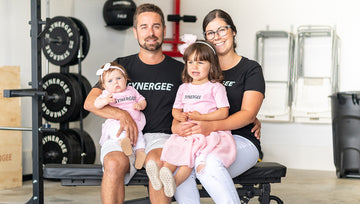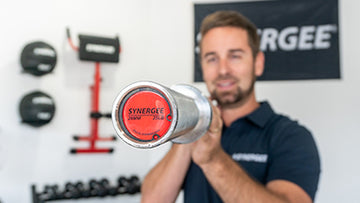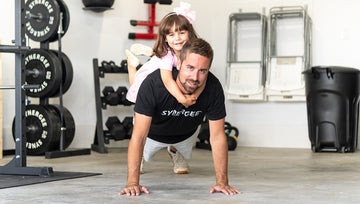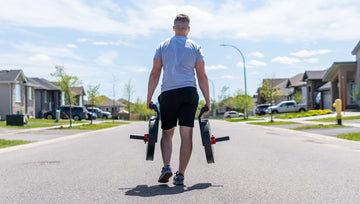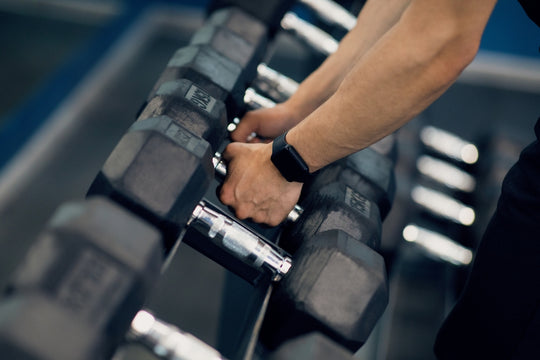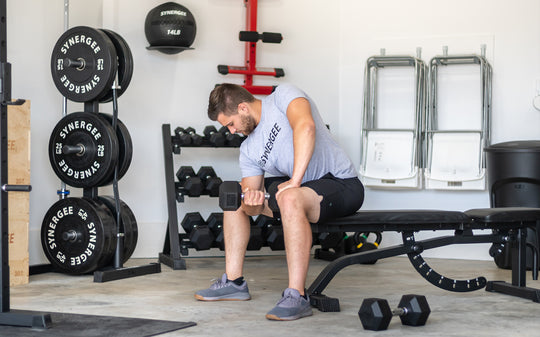Overtraining & How To Avoid It
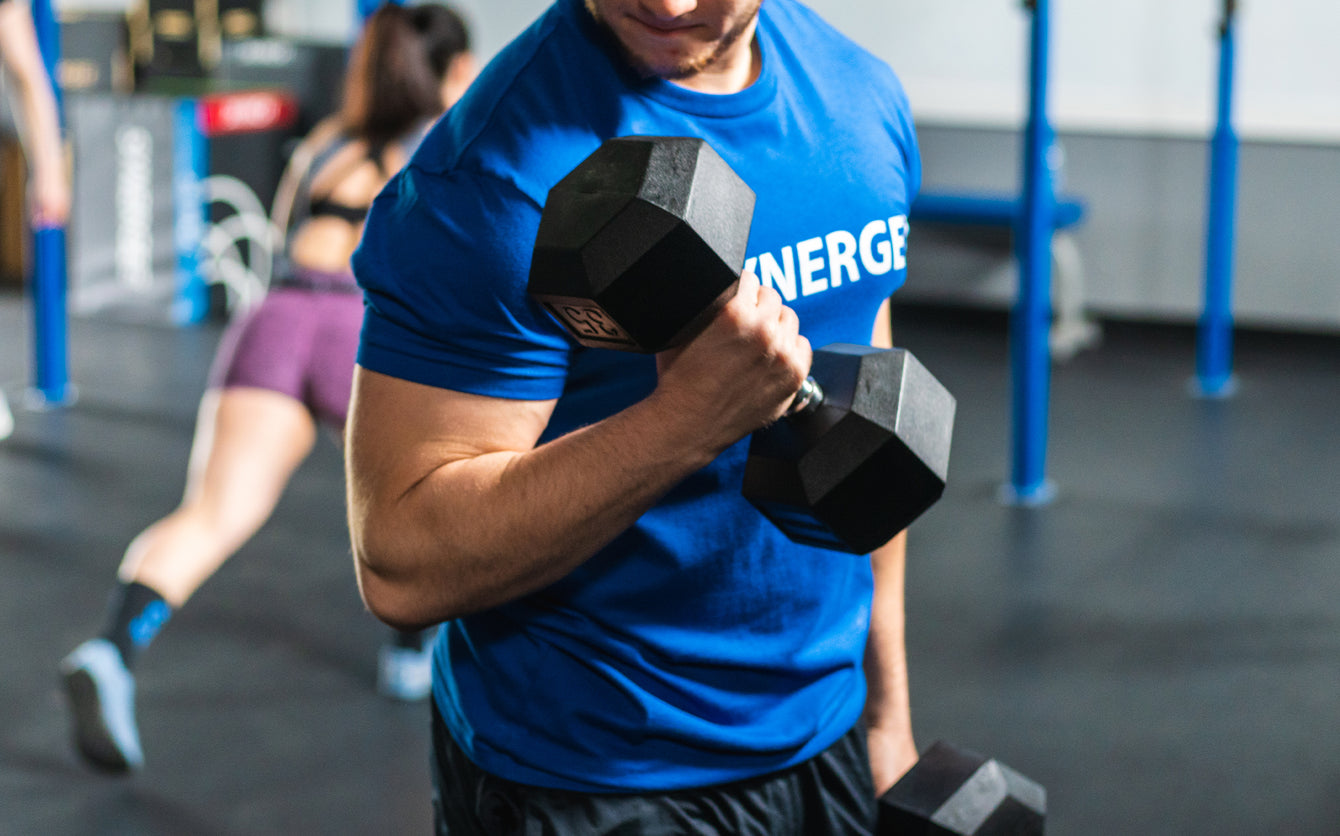
Let me introduce to you: Bob.
Bob decided 2020 would be the year he runs a marathon.
This ambitious dude has been running for quite a while. He's got 2 half marathons under his belt. But he's ready for more.
His marathon date is set for May and he is excited to make this goal a reality. Between now and then he plans to train hard!!
Bob's last half marathon was in September of 2019. It was tough, but doable. He expects that, in order to be prepared for the challenge ahead, he will have to spend more time at the gym than ever before!
He starts waking up earlier to get a morning run in every day. He immediately adds a mile to his daily running targets, eager to get lots of mileage in by May.
After 3 weeks of this higher intensity running, Bob notices his pace has slowed. He interprets this step backward; as a sign he isn’t working hard enough. He wakes up even earlier to practice speed drills every morning.
By week 4, Bob has a cough he can’t kick. He is more irritable then usual at work and snappy with his wife and kids when he comes home. He finds it difficult to focus at work, in part because he is SO FREAKIN’ TIRED! Oh, what would he give to sleep for a week straight!
But Bob should keep pushing through, right? Keep his eye on the prize? Grin and bear it?
Not quite.
Bob is exhibiting signs of Overtraining Syndrome.

What is Overtraining Syndrome?
Overtraining Syndrome occurs when your body doesn’t recover between training sessions.
Overload training isn’t necessarily a bad thing.
But, if you increase the load or intensity of your workouts for an extended period and don’t provide adequate muscle recovery, you will enter the stage of overreaching.
You will know you are overreaching because your performance will start to decrease and you might experience some of the psychological and physical effects of overtraining.
If you continue to train beyond your capacity, that’s where Overtraining Syndrome kicks in.
It can take anywhere from a month to year(s) to recover from it.
The effects include[1]:
- Anger
- Fatigue
- Hormonal disturbances
- Immune disturbances
- Loss of appetite
- Loss of motivation
- Muscular fatigue
- Sexual unwillingness
- Short term insomnia
- Tension
- Weight loss
Severe Effects:
- Abnormal sense perceptions
- Depression
- Increased injuries
- Long term insomnia
- Long term muscle soreness
- Muscle degeneration
If Bob’s story sounds familiar to you, you’ve most likely overloaded your training; overreached; or suffered from overtraining syndrome.
If you can feel the effects of overtraining syndrome coming on, there are numerous measures you can take to keep it from escalating.
Again, Overtraining Syndrome can negatively impact your life and your training for months! Recognizing the symptoms and taking action to fix it immediately is strongly encouraged.
Our favorite way to avoid overtraining is to include active rest in your workout programming.
Active Rest
Active recovery is a low-intensity exercise well-suited for the days after heavy workouts. Most exercise experts encourage active rest over complete rest. This is because active recovery can help: [2]
- Reduce the buildup of lactic acid in your muscles, which will help minimize stiffness and discomfort from the heavy workouts
- Helps with fatigue and improves your mood (i.e. helps you avoid that post-workout crash)
- Promotes blood flow to the joints and muscles, which aids with post-exercise inflammation and helps with repair
- Keeps the heart rate sustained at a steadier state, which will improve endurance and training volumes
Active Rest can include walking or lightly jogging, yoga, cycling, rowing, or a very light lifting or metcon exercise.
The aim is to keep these exercises at a low level of exertion. If you can maintain a conversation throughout the workout, you are at a good pace!
Especially if you are in the midst of a very specific and unvaried exercise routine – like Bob’s running program – switching it up and doing light, different exercises that work other muscle groups is highly recommended!
For example, our kettlebells, dumbbells, fixed barbells, or weighted workout bars can provide the perfect active rest workout.
Below is an example of an active recover workout that can be done with a kettlebells, dumbbells, fixed barbells, or weighted workout bars. THIS WORKOUT IS NOT FOR TIME! IT IS NOT SOMETHING YOU HAVE TO BEAT!
Let me reiterate that: this workout is not about competing for a fast time or the heaviest weight.
Choose a light weight. One that you can complete the workout with while maintaining a heart rate/breathing pattern that would allow you to have a conversation.

The Active Recovery Workout
5 rounds NOT FOR TIME:
- 250 m Row (at slow pace)
- 10 Deadbugs (no weight)
- 10 Squats (with low weight)
- 10 Strict Presses (with low weight)
- 10 Windmills (if using Kettlebell/Dumbbell) OR 10 Good Mornings (if using Fixed Barbell / Weighted Workout Bar)
The Perfect Tools to Avoid Overtraining
Our kettlebells,dumbbells, fixed barbells, or weighted workout bars are perfect to have on hand for active recovery workouts.
Since they start at low weights and offer low impact exercise options, they are truly some of the best equipment to help you avoid overtraining.
Reduce the amount of obstacles between you and your gains, even if one of those obstacles is your mounting ambition to get there as fast as possible.
Take your time. Stay humble. Understand big gains require big amounts of patience.
And pace yourself – it’s a marathon, not a sprint. Right, Bob?

